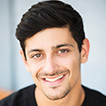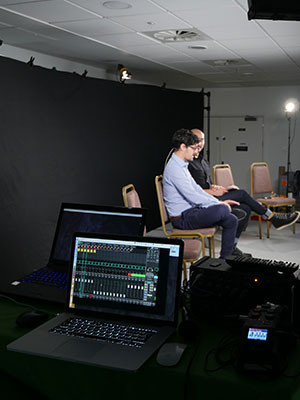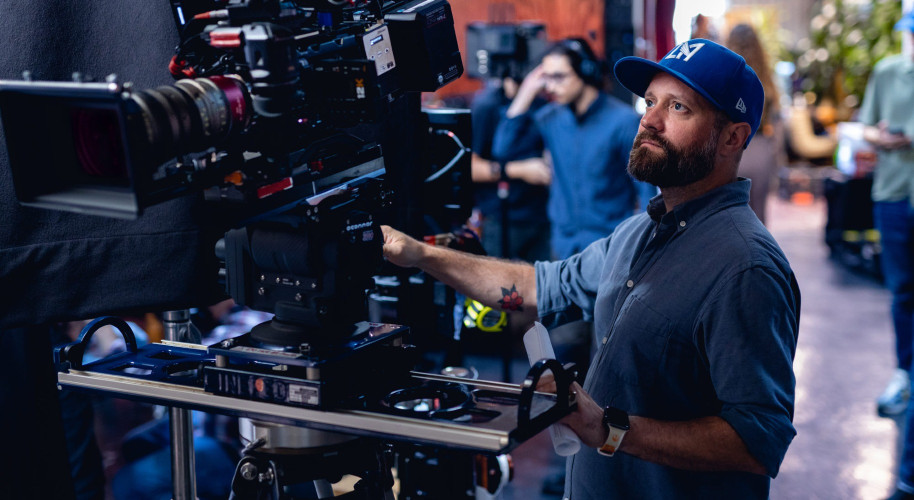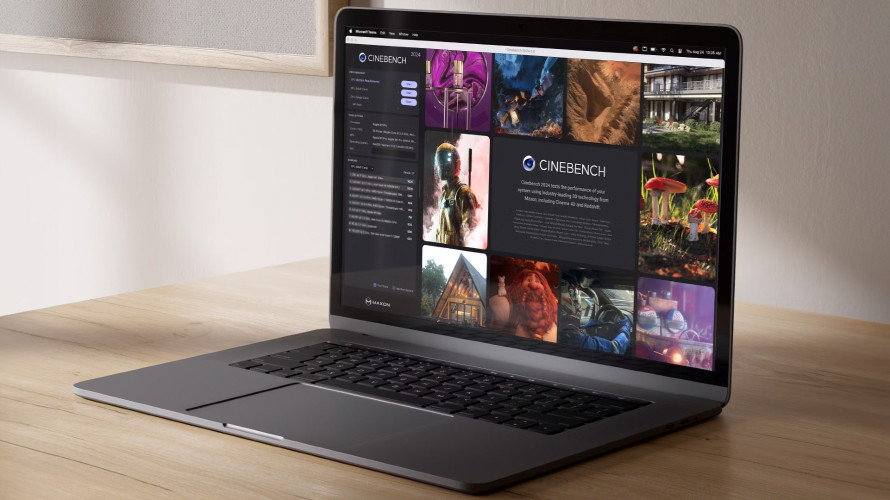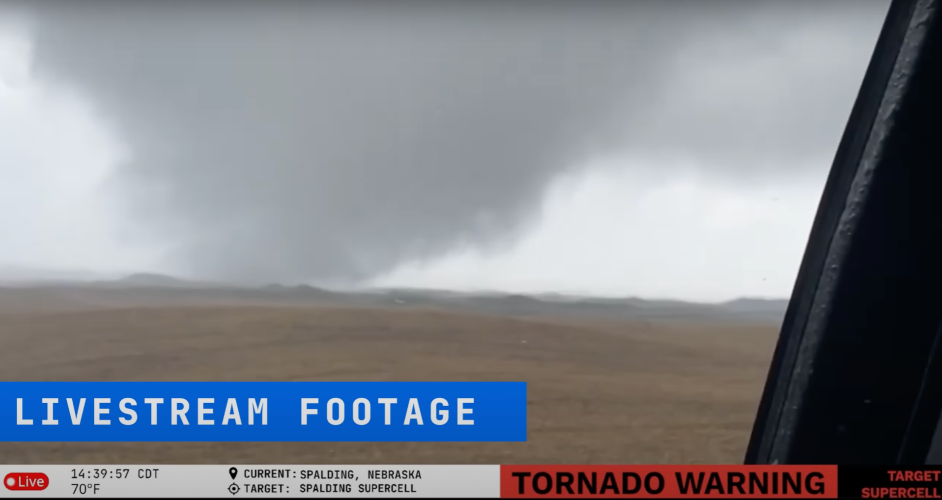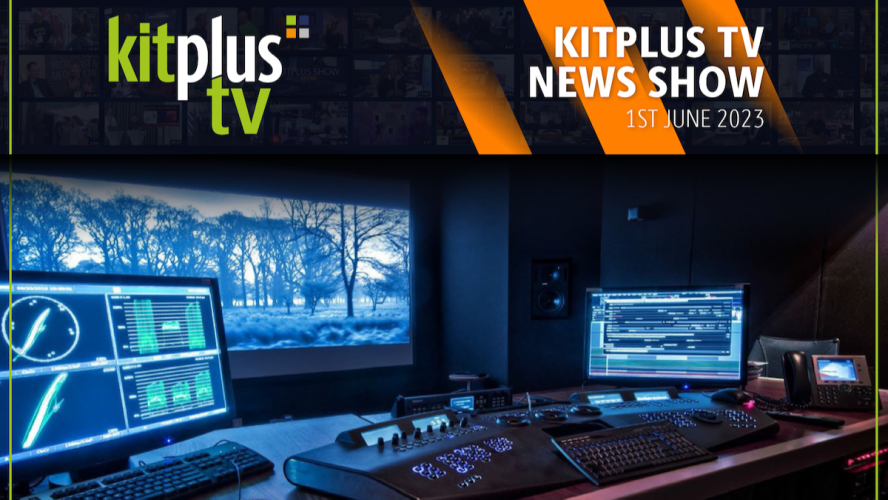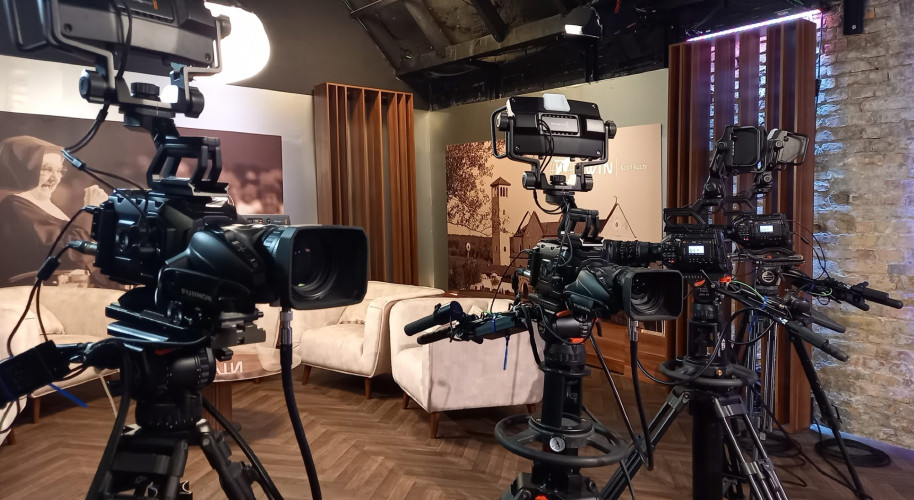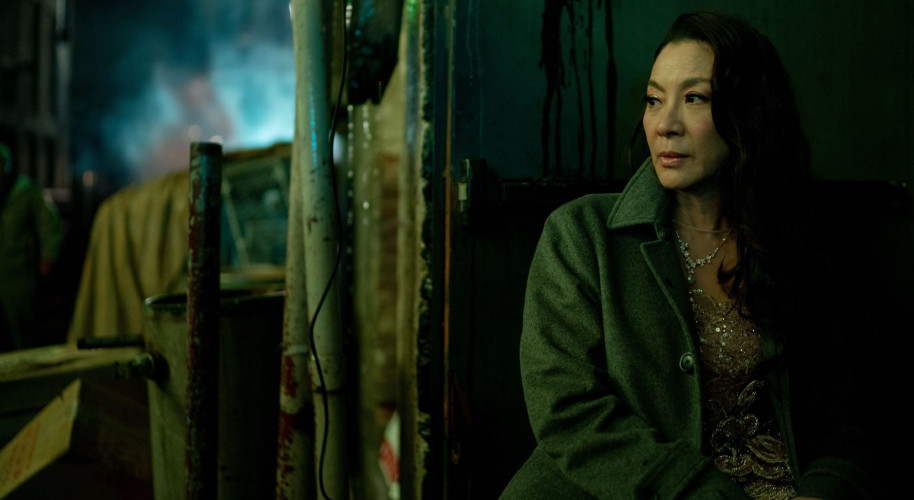We go behind the scenes of YouTube Premiere League Football Show, “The Kick Off”
Now in its third season, live streamed roundtable “The Kick Off” is the perfect weekly companion show for football fans looking to discuss the latest Premiere league match. Featuring YouTube sensation, True Geordie, and including the option to chat interactively with the show hosts as standard, it’s no surprise that “The Kick Off” now regularly attracts around 1.7 million views.
What is surprising, though, is the technical workflow that puts the show together. From start to finish, each episode is planned, shot and streamed to the world in under six hours – and all from an apartment with a team of only four people to help.
“Luckily, it’s made for a YouTube audience, so anything goes, and we don’t have to worry about censoring any swearing,” laughs chief technical consultant on the show, Alex Pettitt.
With clients including Red Bull, Formula E and the English Football Association, he’s become an expert in creating bespoke broadcast-quality content for social to maximise brand awareness in a fresher, more engaging way. I spoke to Alex about the secrets to creating “The Kick Off” at MediaCity’s KitPlus Show to find out more.
K: How did “The Kick Off” project come about, how did you get involved?
A: Two years ago, I got a call from the show’s production company, Formidable, which first brought me on as a consultant. The Kick Off needed to be filmed in a bit of a guerrilla style. The audience had to feel as though they were sitting around a table with their mates while still being fed a lot of data. We had a lot of technical considerations, like a live feed from the Premier League, to help audiences visualise where the players are on screen. Back then, this was quite new, and we only had two weeks to pull the first episode together!
We had Blackmagic’s ATEM Television Studio Pro, with a separate statistic screen and visualisation screen. The guys wanted to have a picture in picture instead, where you could see the stats large but the studio small in the box in the corner. Unfortunately, with that particular model of ATEM you just couldn’t do it. We realised, though, that by using the T Bar and the DVE, if we stuck a little bit of blue tack just before where the T Bar finished, we could get that look where it zooms down into the corner but doesn’t go all the way, and then we could zoom it back up by using the T Bar!
K: I don’t think that’s best practice!
A: Definitely not. It’s very different to what we have now. We work in a flat that gets transformed into our studio space once a week and runs everything off an ATEM 4 M/E Broadcast Studio 4K, which has just about every feature you could imagine. We have a total of 50 outputs and 40 inputs running through the space. That’s the great thing about a Blackmagic system; you can start with a relatively small setup. Even the new ATEM Mini, which is an incredibly powerful device for £250, can allow you to begin streaming, and you can keep bolting on more broadcast components in a modular way as you get bigger.
We’ve also really made a conscious effort to hot desk as a team. We’ve got full wireless capabilities, and anyone can control anything in the studio at any time, from anywhere. The lighting, sound, and more are all controlled via an iPad app, and we can even vision mix the show via Wi-Fi and iPad.
We usually create The Kick Off with a team of just four people, so it’s important that anyone of us can jump in and change things if someone else’s hands are full. In fact, I recently used this exact setup on another show, which involved me vision mixing from a hotel room in Russia!
The other thing we do is use third party gadgets like Elgato’s streamdeck. It’s basically 15 programmable buttons, and you just plug it in over USB to a computer. Think of it as macros and hot keys that massively speed up your work. We have one button that will instantly trigger all of our HyperDecks to record, for example.
K: And how many cameras are you running at the moment?
A: A total of nine cameras, we have six URSA Mini Pros, and three Micro Studio cameras. We decided to have a locked off single for every guest on the show that we could cut to at any one time, so there’s five URSA Mini Pros locked off, as we only ever have five guests at once. A DP mans the last URSA Mini Pro on an Easy Rig, so it’s roaming around, getting those nice guerrilla shots of being at the table.
The three Micro Studio Cameras are there to capture shots in places that are otherwise hard to reach. We have one on a slider and another mounted high up on the wall because, as you can imagine in football, some of the guests are somewhat animated, so we can’t rely on those locked off shots for them to stay in one place.
And then there’s a camera you don’t see in the gallery because we’re all about breaking down that fourth wall. The gallery is fully wired up, so if the studio wants to talk to us, we can bring ourselves on air, visually and with audio as well. We also can go anywhere in the flat. We’ve had times where we’ve followed guests in from the front door or gone into various bedrooms and things like that. It’s all wired up and capable.
K: Given the nature of football, and the fighting matches that you cover, your streams can be quite long. How much technical prep goes in before each show?
A: We’ll arrive three to four hours before, work out roughly which talking points we want to hit on the show, and sometimes change things like the colour balance of the cameras for a different look. It’s amazing because being on YouTube and working for someone who is always pushing the boundaries; we’re able to experiment.
The other work happens while we’re recording. For example, we’ve got timecode noting software to help us pick out the best moments for real-time clipping on social media through Grabyo. It’s fantastic because if you’re watching The Kick Off live, a goal will go in, there’s this amazing celebration on the show, and usually within 30 seconds to a minute, the clip will be out on our Twitter, Facebook, and Instagram channels. It’s all about driving audience engagement.
Another thing we do is utilise a great YouTube feature called Super Chat. It enables your audience to pay to have their comment in the live chat highlighted and they can choose how much they want to pay. The more they pay, the longer it stays on screen, and the bolder it gets, so it’s more likely the host of the show will see it.
This has significantly improved the quality of the comments we see throughout the show, which in turn makes for more interesting talking points and questions. We now make more money on Super Chat than AdSense, which says a lot!
Find out more about The Kick Off, and watch an episode for yourself, at the True Geordie and The Kick Off channels on YouTube.com.



